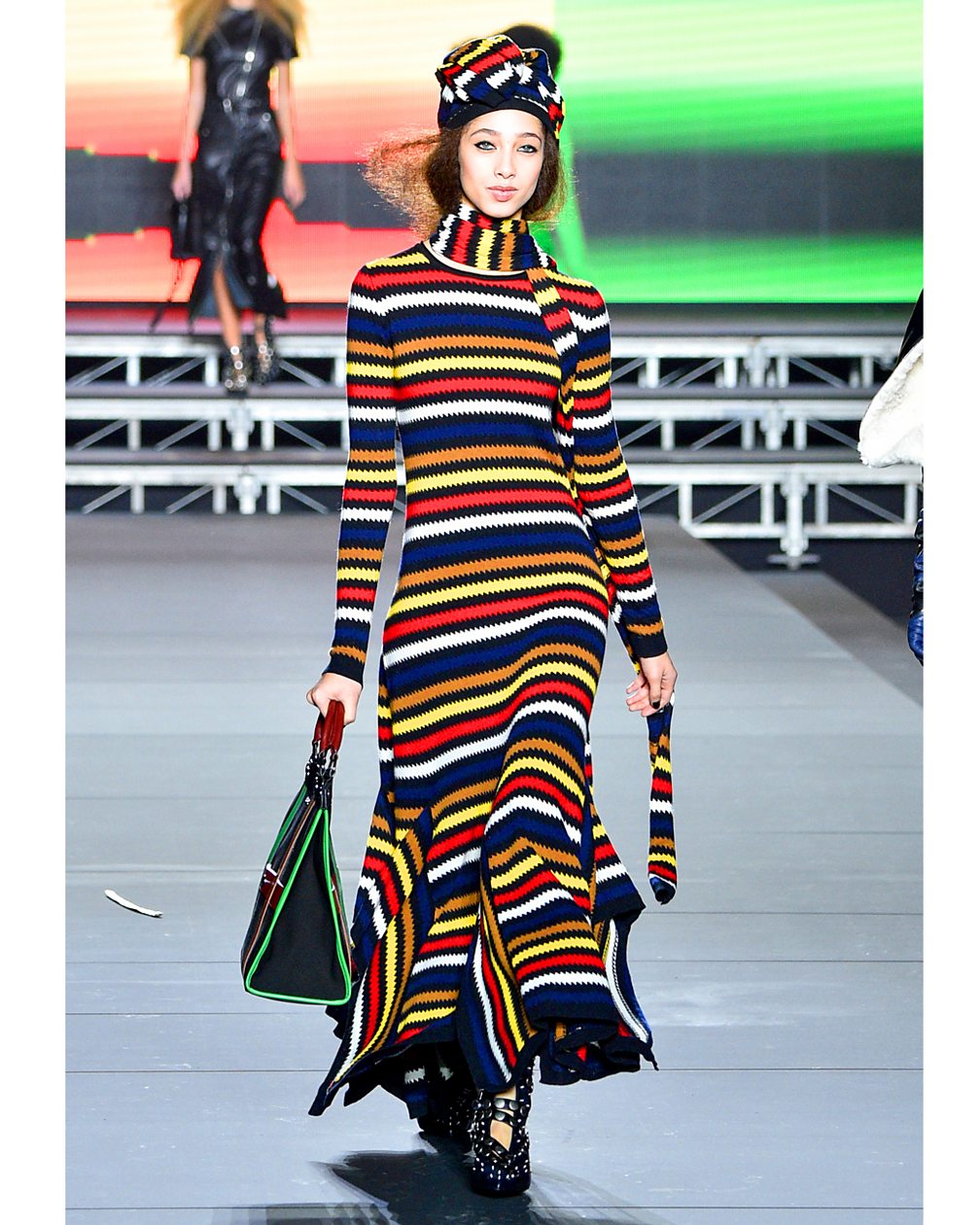Knitting is a pretty old craft. Conservatively, the Historian Richard Rutt suggests it's origins to be in Egypt between 500 and 1200 A.D. And other researchers like Rudolp Pfister, discovered some knitted fabric in Eastern Syria. The documented history of knitting begins with a pair of Ancient Egyptian socks, from the 3rd to 5th Century AD. The structural complexity of the first socks, however, suggest that knitting is far older than archaeologists can prove.
How has this old craft survived to this modern age? and why is it cool today?
Knitting originated in the Middle East and eastern Mediterranean around the 11th or 12th century. It then spread to Europe through the Mediterranean trade routes, and male guilds used it to make religious garments. It became popular in the U.K. Overtime, knitting was passed down from generation to generation and evolved to reflect the unique cultural influences of various regions.
Needlework came before knitting creating a fabric similar to knitting by looping and knotting yard with a single needle. Another precursor to knitting was finger knitting, which is a simple form of knitting done using only the fingers instead of needles. These early forms of needlework laid the foundation for the knitting as it is known today.
During the Industrial Revolution, the use of knitting machines helped produce large quantities of knitwear. (Fun fact: knitting machines were first used in the late 1500s.). Both women and men knitted professionally for centuries until the mid-to-late 19th Century that it became associated with domesticity. Although knitting became a useful skill in the 20th Century for people with limited resources in order to earn income, today with the modern era, knitting has resurgence in the 21st Century among young people. Knitting, it turns out, is a "trendy, often eco-friendly pastime with a wide range of appeals"
https://americanenglish.state.gov/files/ae/resource_files/49_1_6_feature-article.pdf

The benefits of knitting are numerous. It reduces stress and anxiety by focusing on the present. It enhances cognitive function by stimulating various area of the brain. And it's a great way to stay active and improve hand-eye coordination. It is of course a great creative outlet for self-expression, and provide a sense of accomplishment.
From a social perspective, it brings people together and its popularity has revived a traditional crafts and techniques and preserving cultural heritage. Knitting is a sustainable and eco-friendly pastime.
Knitting continues to evolve and adapt to changing needs and styles. Although it still remain the most laden with stereotypes in the public, it's changing it's association with "women's work", aging population to a more general creative outlet with therapeutic benefits for everyone.
How knitting became cool - BBC Culture
https://motherknitter.com/history-of-knitting/

